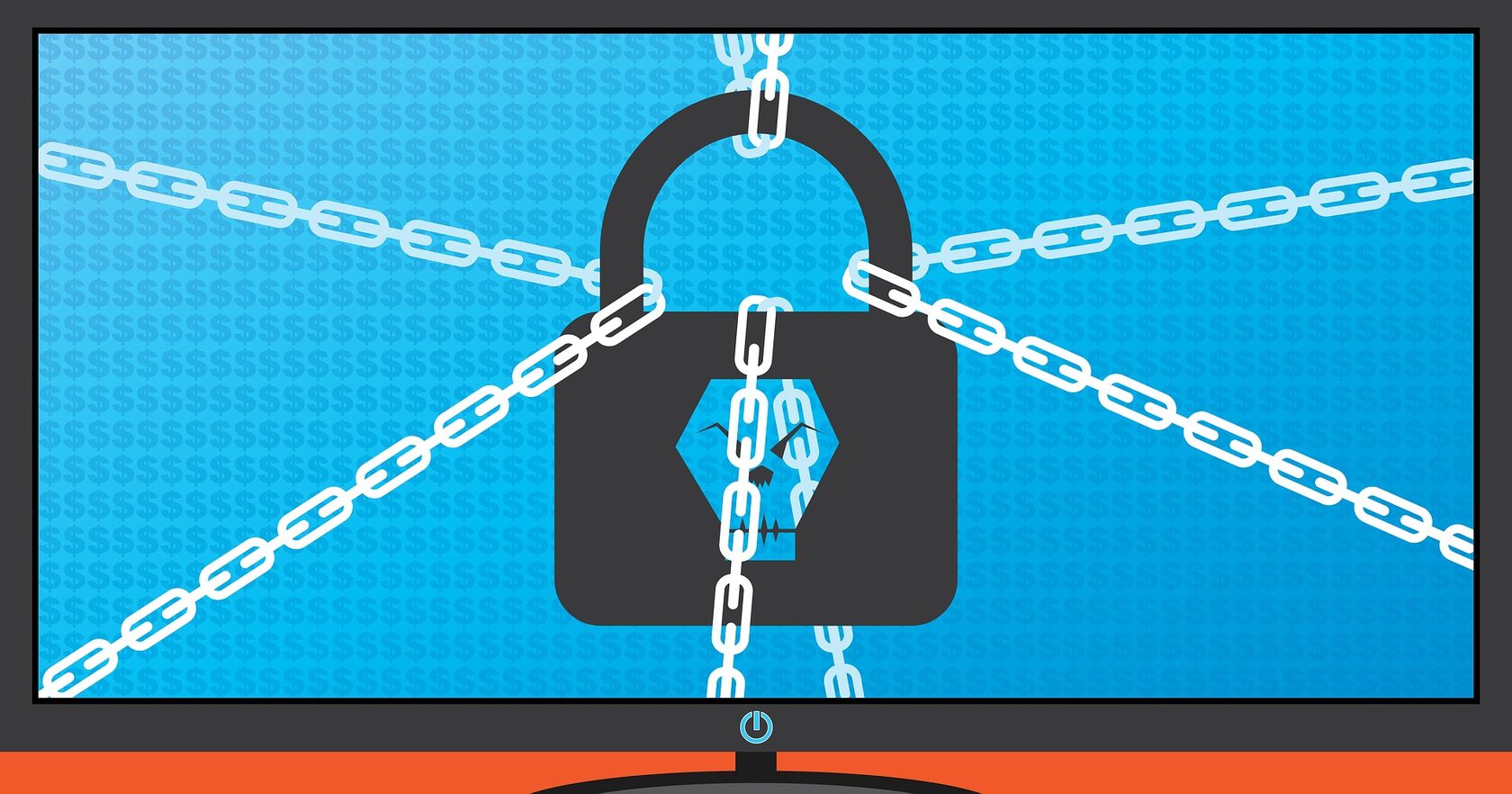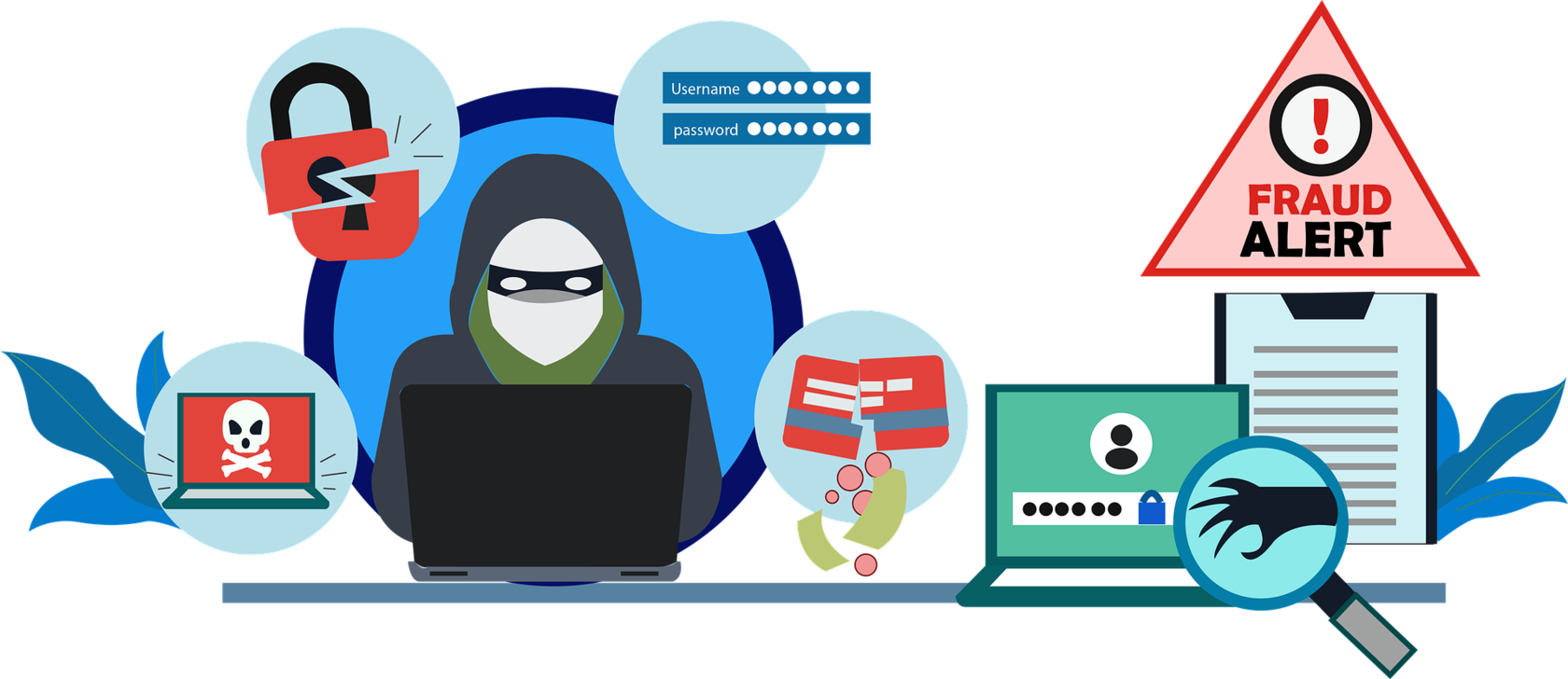As a rule, the issue of security arises upon the fact of hacking. Access blocked by viruses or hoster, low load speed, incomplete checkout, unauthorized advertisements, redirects to external resources.
What’s going on? Why do most people take information security lightly? Our custom care team has collected most typical security requests to understand the root cause of such an unsafe attitude. If you are a web store owner, check yourself: are you subject to these delusions?
MYTH #1 WHO NEEDS ME?
At present many hack attempts are done by bots, not human hackers. Malicious bots continuously scan the internet for potential vulnerabilities. Once a vulnerability is discovered, it will likely be exploited. Automation means that any target can become a victim of an attack - they do not differentiate between well-known and unknown sites or between large businesses and non-profit organizations. We call it a Wheel of MISfortune. Please do not rely only on your own luck, especially if you own a commercial service or an online store.
MYTH #2 OUR CMS IS FROM A SERIOUS COMPANY
Unfortunately practice shows that hackers, if they wish, can gain access to any administrative panel. They might use a vulnerability in a 3rd-party add-on, the hosting control panel, intercept the manager's FTP account, etc. Any software, tool or solutions is fully effective only if they are appropriately configured, monitored, maintained, and integrated with overall security operations.
Read more: How To Keep Hygiene Of Access Rights?
MYTH #3 PROFIT IS MOST IMPORTANT. I WOULD LIKE TO SPEND ON ADVERTISING OR SEO.
Some owners believe that protecting their Internet business in advance from "mythical" hacker attacks is unprofitable. Quite another thing is digital marketing, SEO optimization or advertising, which bring tangible results in terms of money and increase brand awareness. Prevention is a tricky thing. But if we compare the costs of recovery after a hacker attack, plus take into account its consequences in the form of a loss of achieved positions in all indicators (search engines, customer trust, traffic), then investments in protection seem to be quite insignificant.
MYTH #4 MY DEVELOPER WILL DO IT
In order to protect your web service from unauthorized intrusion, you need to think like a hacker. You need to know and understand how hacking is carried out and how to properly counteract it. The solution of the issue of resource security should be entrusted to people who have both theoretical and practical knowledge and experience in the security area.
MYTH #5 WE HAVE NEVER EXPERIENCED CYBERATTACK, SO OUR SYSTEM IS SECURE
Cyber threats are becoming more sophisticated and complex every day. Your goal is not to achieve perfect security at the moment, but to have a security strategy that will help you respond quickly to incidents and before they cause significant damage. A synchronized approach to security, where all of your tools interact with each other, is generally considered the strongest. Your security toolkit should cover your endpoint, firewall, network connections, email, and more. In addition, it is recommended to use backup and disaster recovery tools to prevent any potential incidents.
We host and maintain hundreds of clients’ servers and our monitoring system registers up to 10.000 cyberattacks each day. On each project. Just think about these figures and start preventive works right now. Roman Ananyev, CEO of ASAP Lab.









